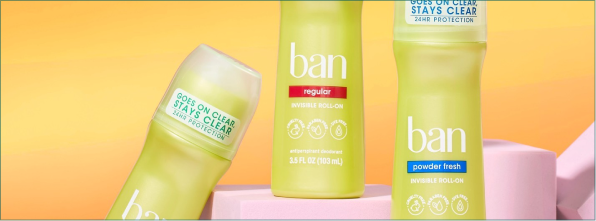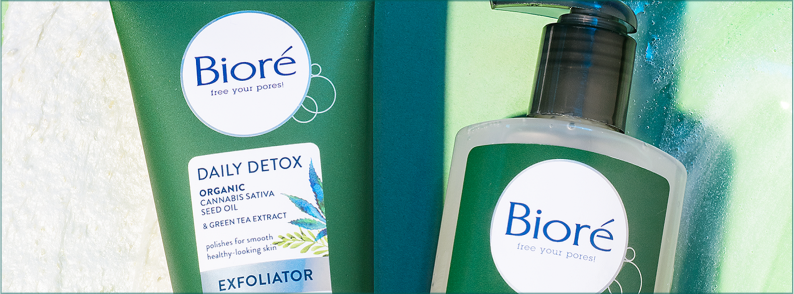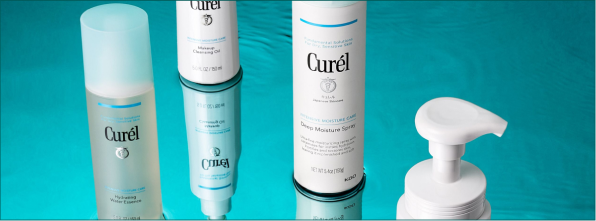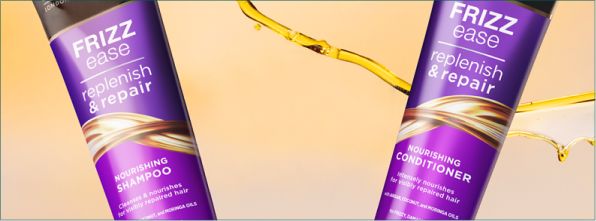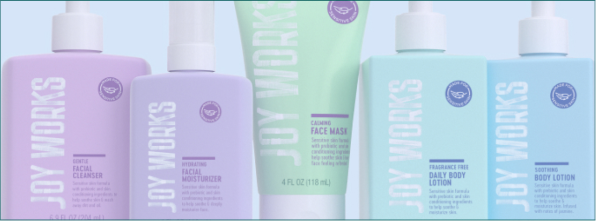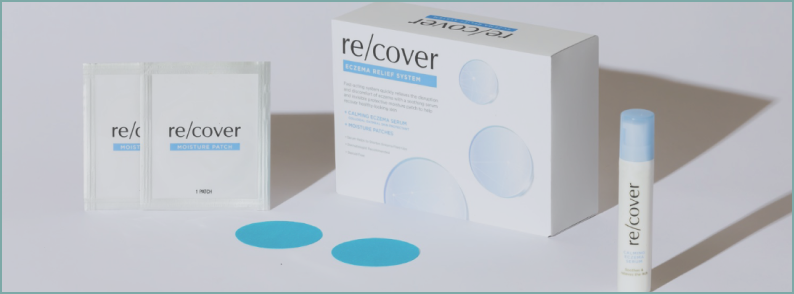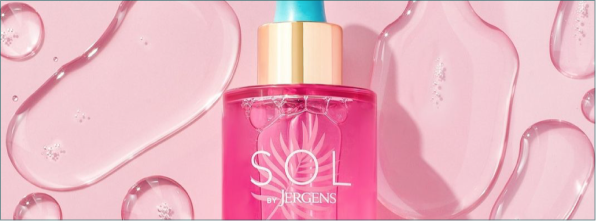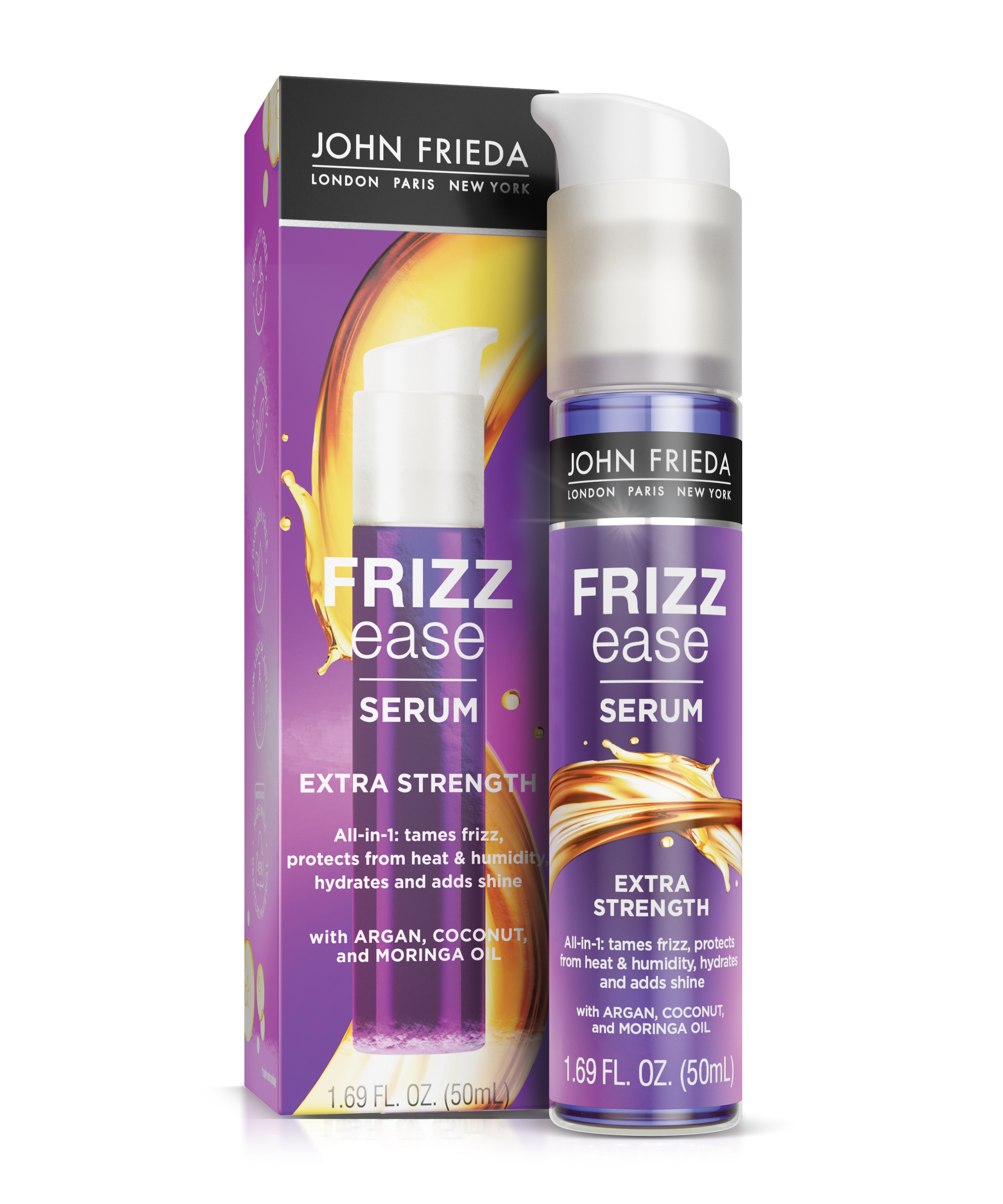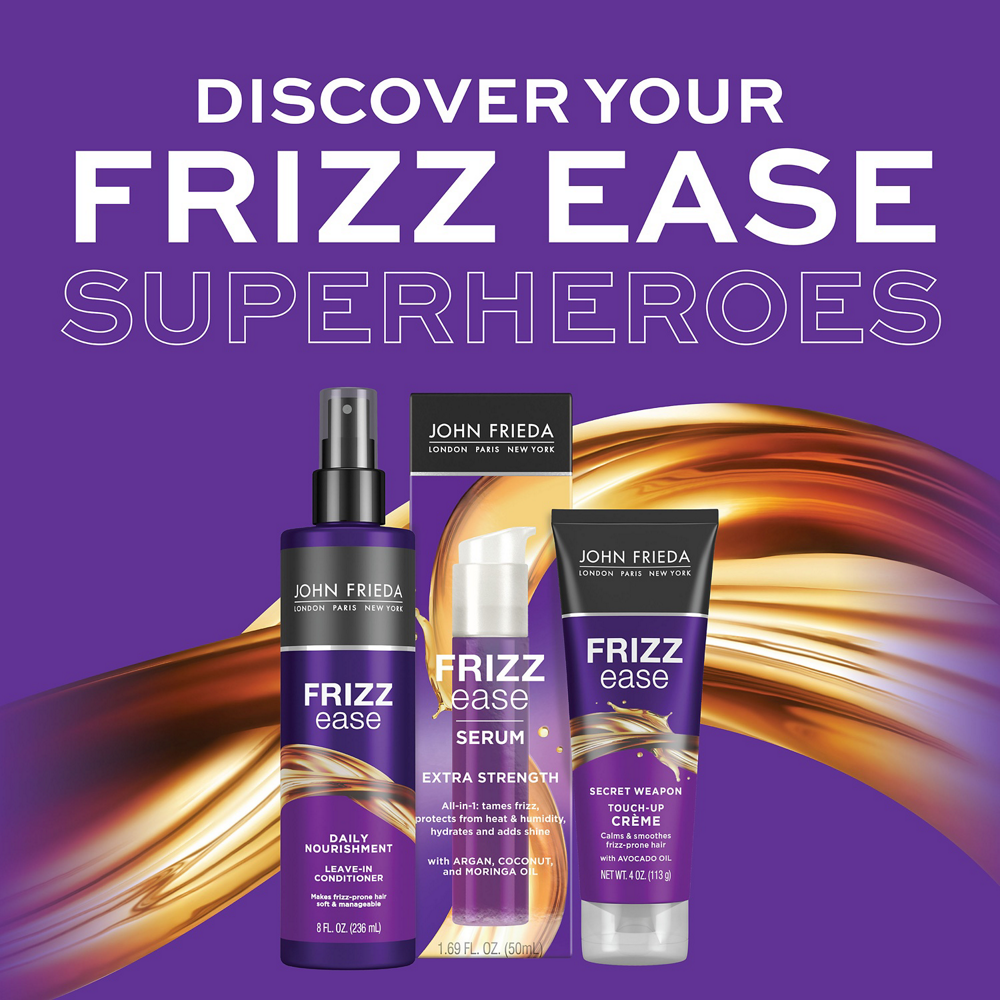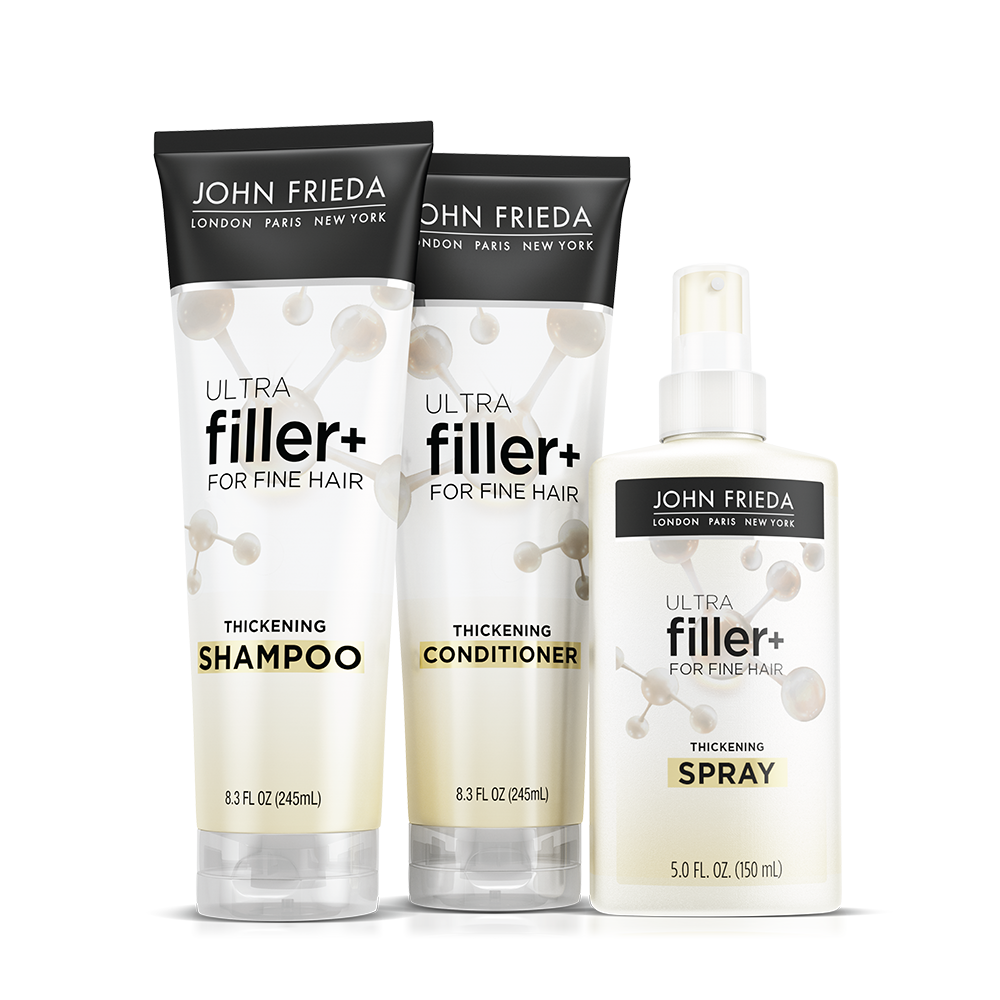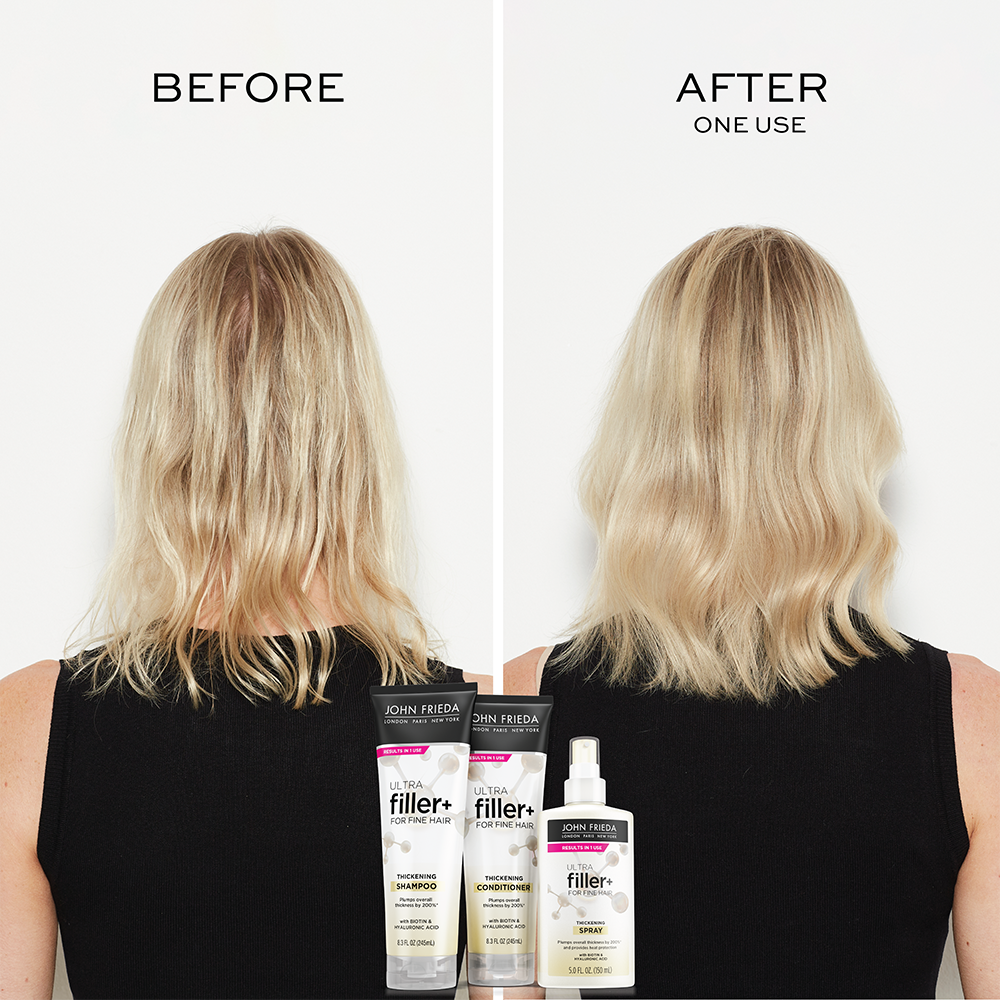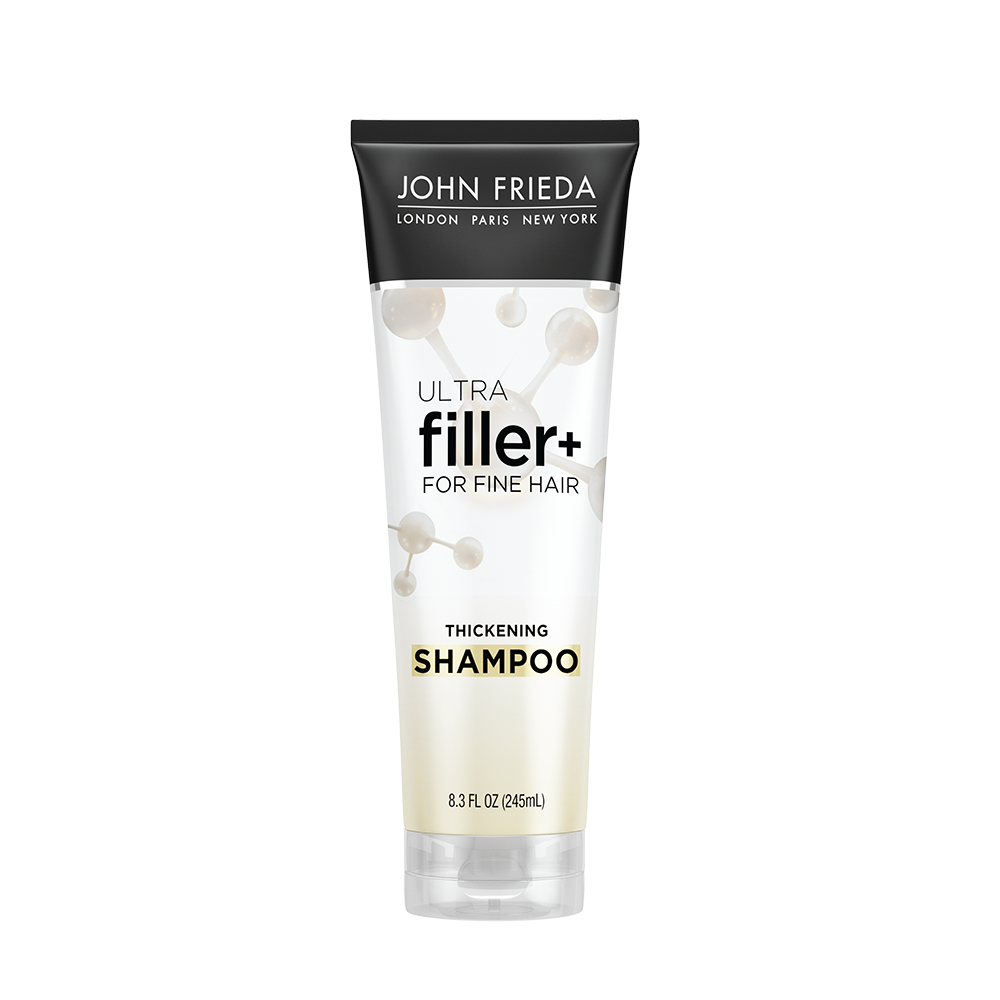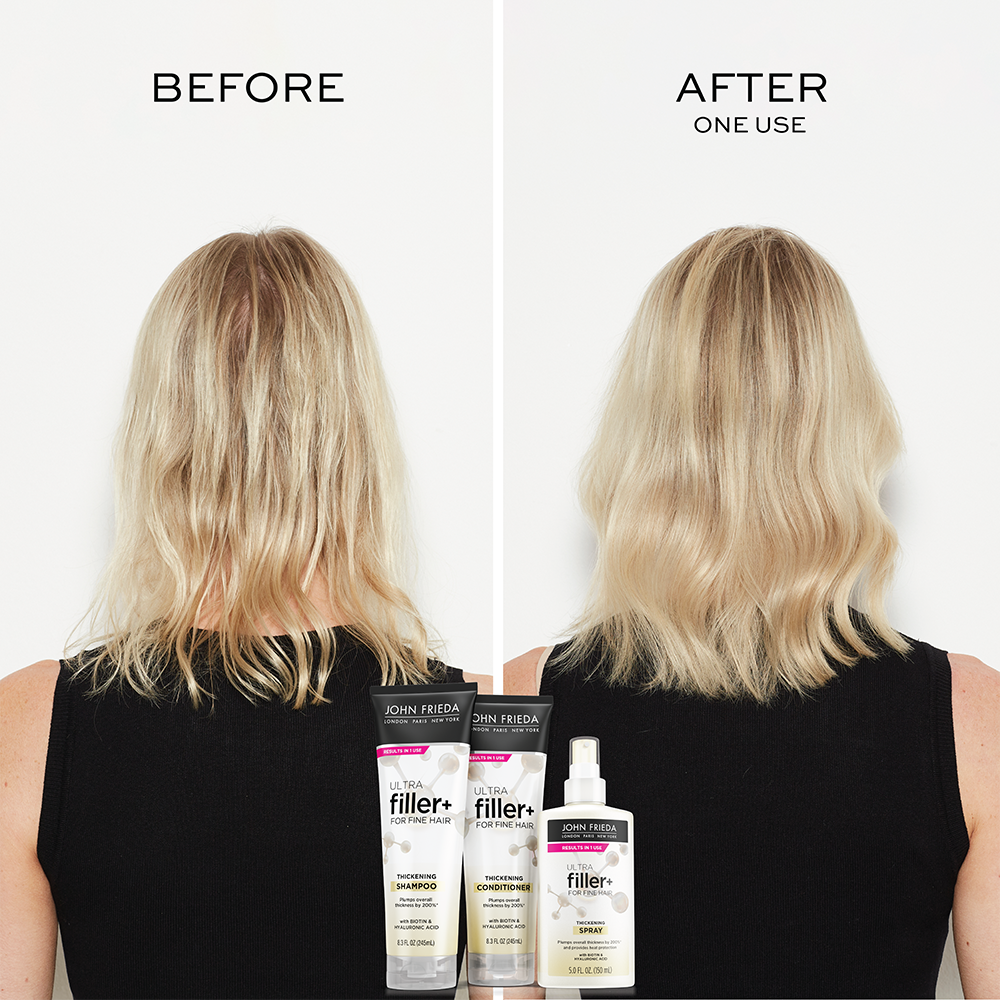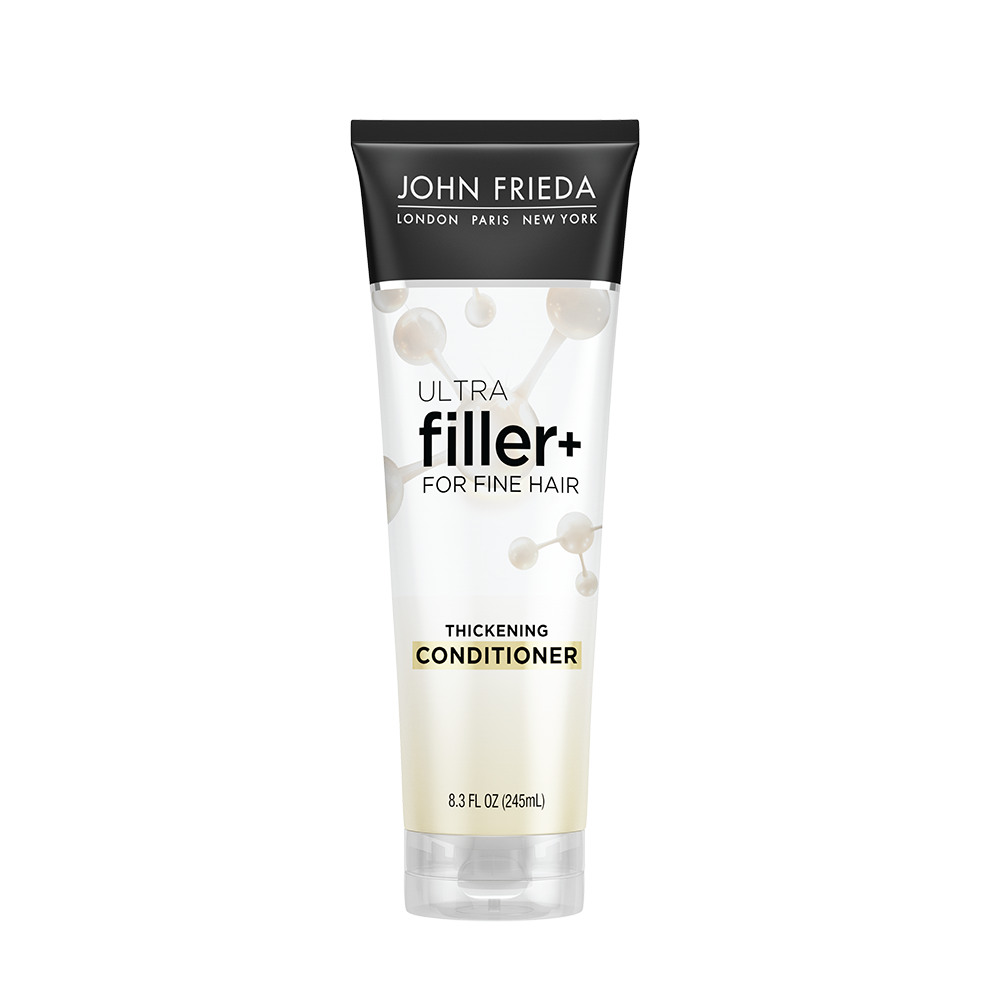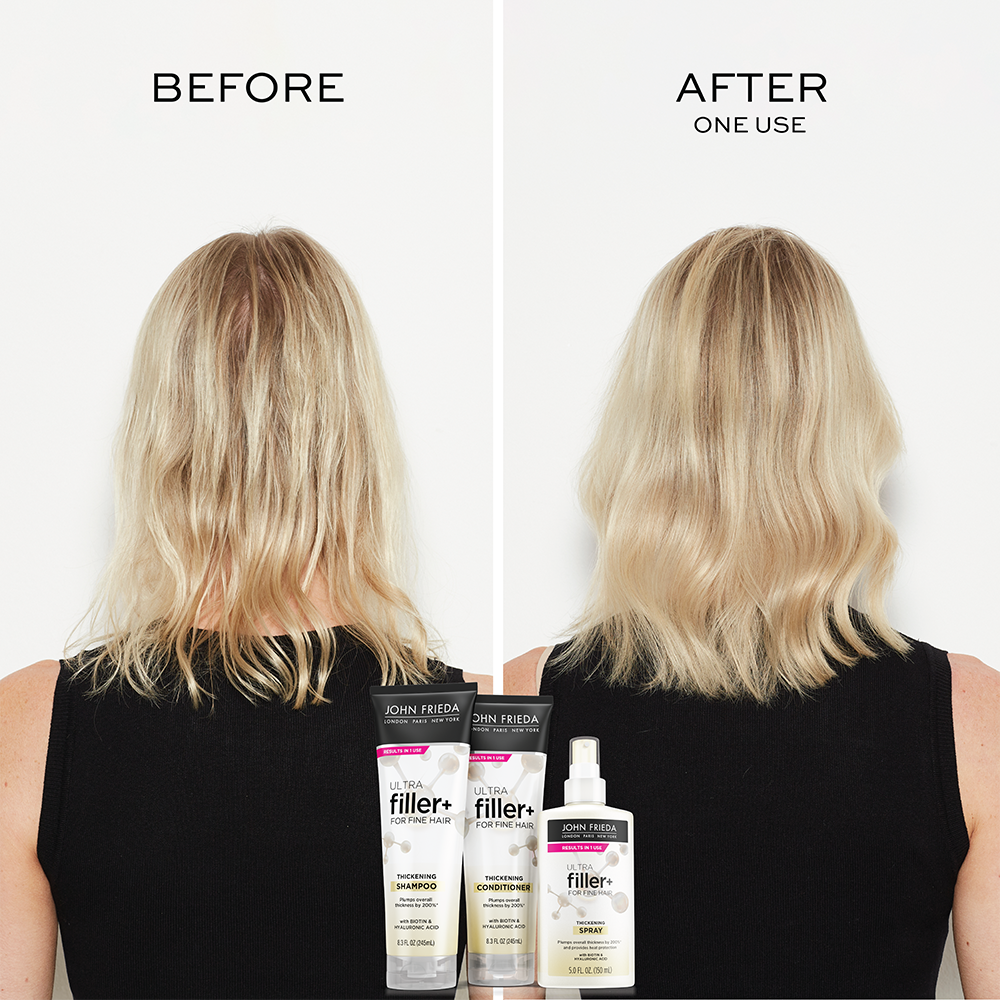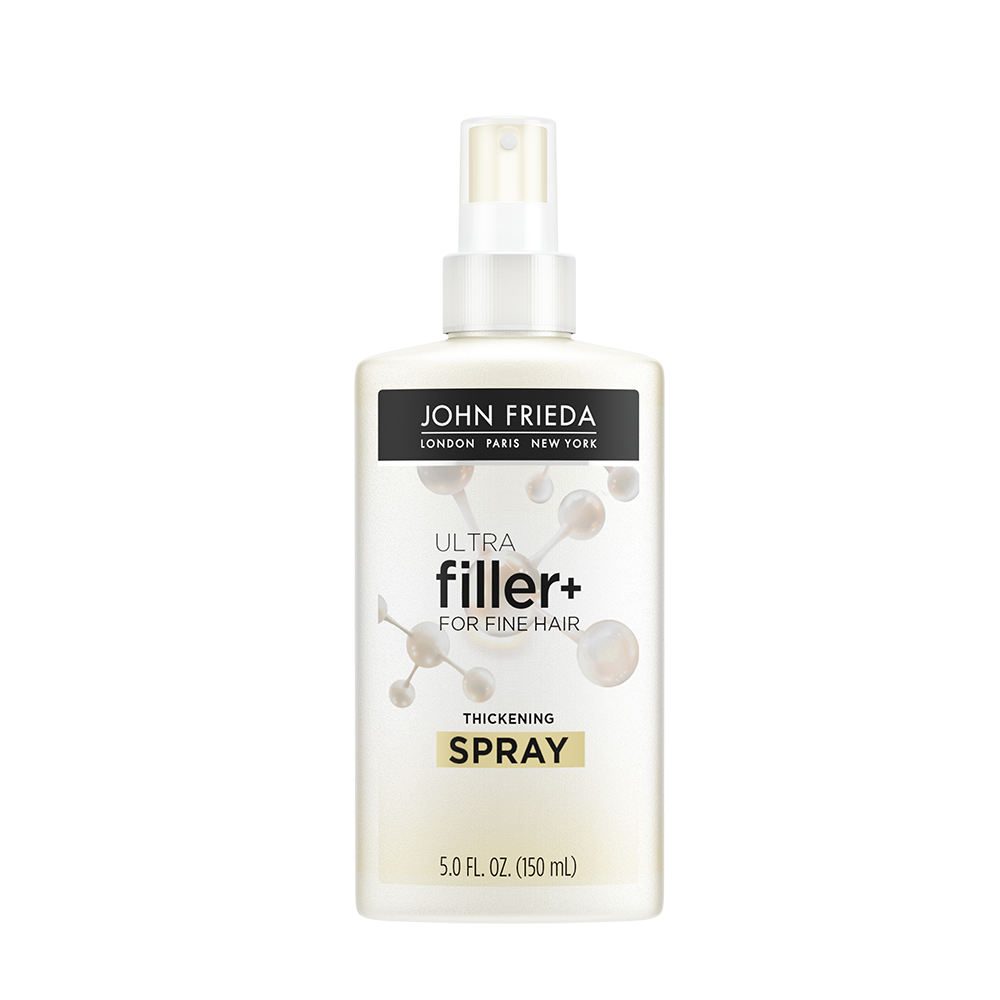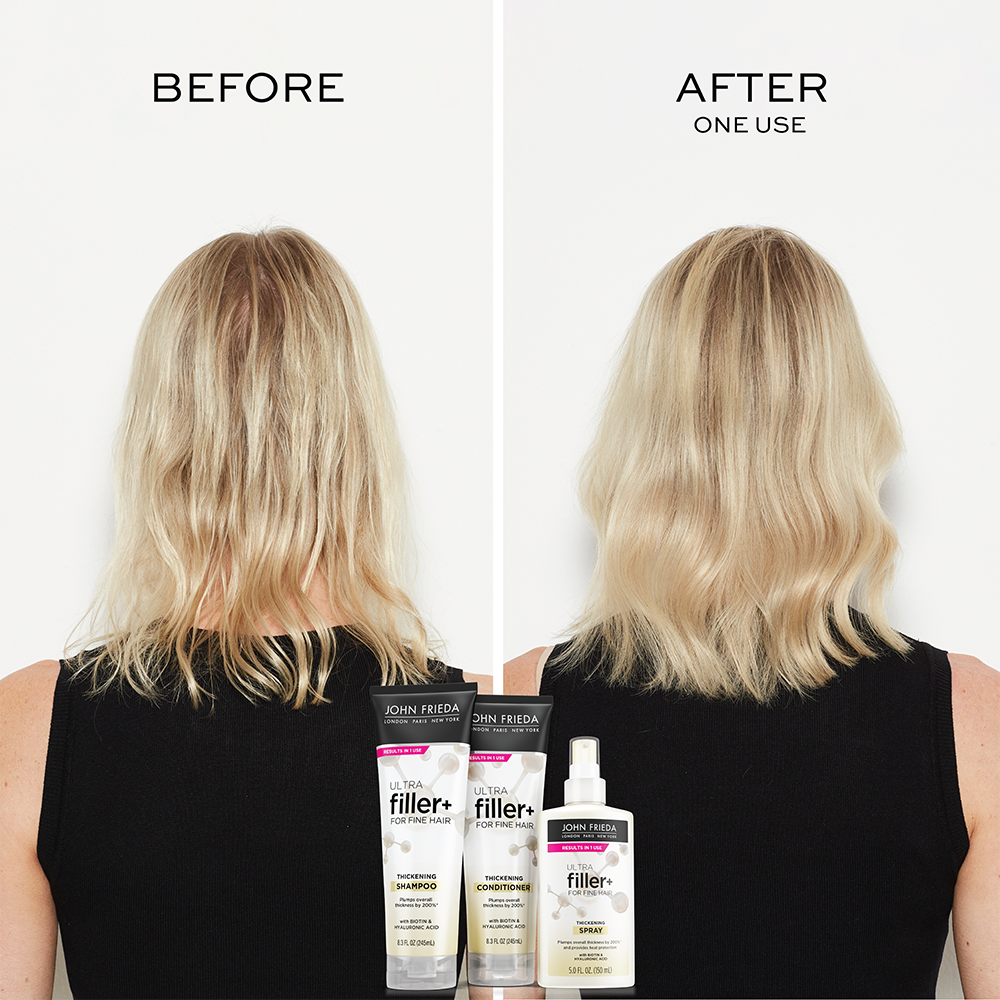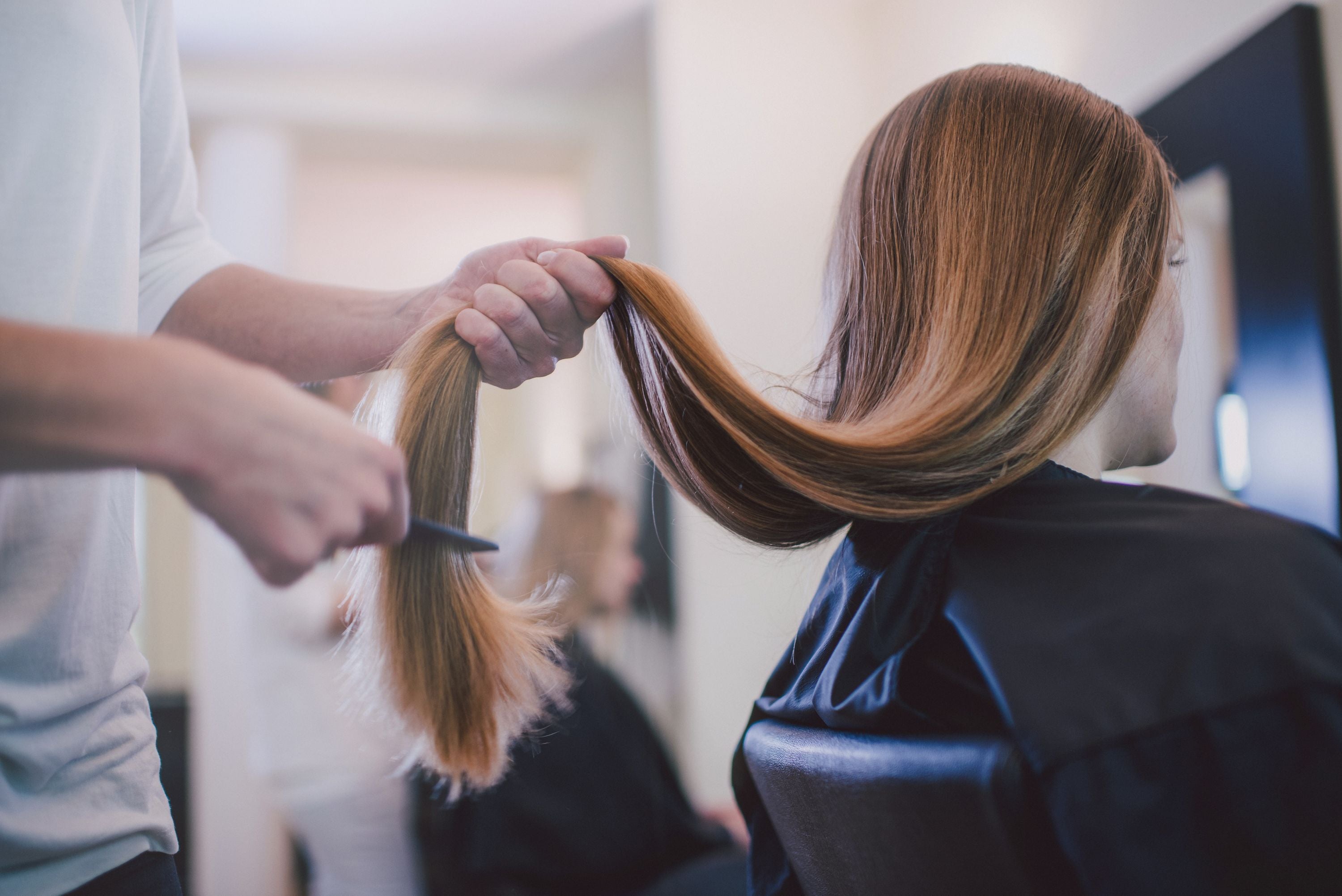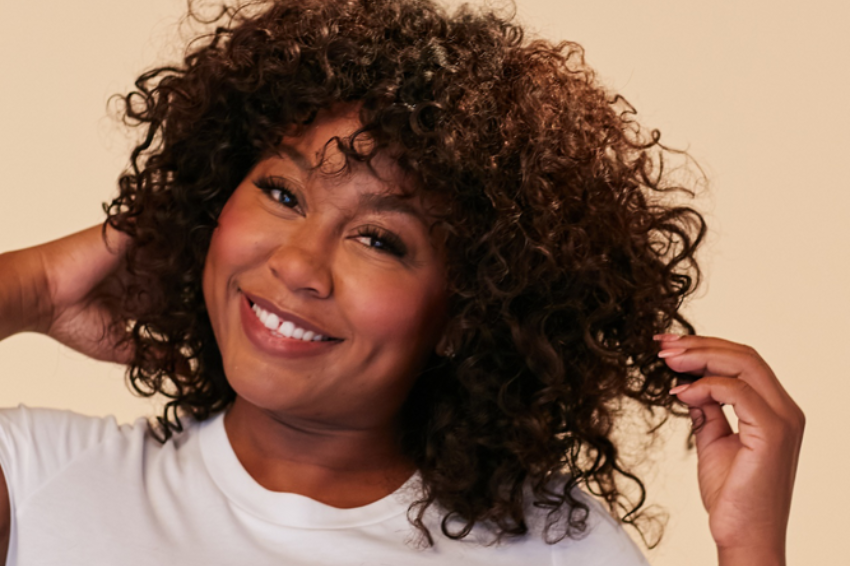HOW TO STOP HAIR BREAKAGE: CAUSES, TREATMENT, AND PREVENTION

Bad hair days are inevitable, but if your locks are waking up on the wrong side of the bed more times than not, you might be dealing with hair breakage. Hair shouldn’t be a hassle or the downside to your day, so break up with your baseball cap and let's get that hair healthy.
Shop Extra Strength Serum
What is Hair Breakage?
Hair breakage is when hair strands snap, causing that frizzy, tangled look we all know and loathe. This happens because your hair’s inner cuticle consists of little bricks that stick together. Hair breakage causes these bricks to fall apart, breaking off in pieces from the hair shaft.
Hair breakage is when hair strands snap, causing that frizzy, tangled look we all know and loathe. This happens because your hair’s inner cuticle consists of little bricks that stick together. Hair breakage causes these bricks to fall apart, breaking off in pieces from the hair shaft.
You might first notice dryness or a variation in texture. This is a good indicator your hair is lacking moisture. Next comes split ends, which are an easy way to recognize hair breakage, though short pieces of hair can fall from anywhere on your mane where the cuticle’s “bricks” become unglued.
Causes of Hair Breakage
Most people experience hair breakage at some point or another, and luckily with some adjustments, your mane should be back to magnificent in no time! Before your hair journey can move forward, it’s important to figure out the hair breakage cause(s) so we can adopt a successful treatment plan. It’s also important to note that our older beauties and those with curly hair are more susceptible to breakage. Curls make it challenging for oils to travel down the shaft, making the strands more vulnerable.
-
Heat
If you frequently use a flat iron or blow dryer, you’re probably no stranger to heat damage. While these tools can fine-tune our look or turn a bad hair day into a fabulous hair day, they may be doing more harm than good. These tools dry out the cuticle of your hair and actually change the structure of your hair proteins. This can give you a rough or stringy hair texture, tangles, and split ends. It’s best to save heat tools for special occasions and check out some heat-free hairstyles instead. -
Roughness
Being rough with your hair is a fast track to breakage; unfortunately, it doesn’t take much. Something as simple as drying your hair with a towel can negatively impact your delicate tresses. This is due to towels' coarse, rough nature, which can raise your hair’s cuticle, causing pieces or break off. Try a microfiber towel or a soft T-shirt instead. Roughness also applies to tight hairstyles, yanking a brush through wet hair, or anything that could put unnecessary pressure on your strands. Gentleness is key! -
Stress
Stress is detrimental to every aspect of your life, including your hair. Certain types of stress have been shown to make the hair follicle go dormant, leading to breakage and preventing new growth. Another type has been shown actually to cause gray hair or hair loss. This occurs because stress hormones cut off the supply of nutrients and oxygen to the skin and hair, taking a toll on your overall hair health. So take care of yourself, not just for your hair but for your overall well-being! -
Diet
Just as stress can have a negative impact on your person as a whole, a poor diet can do the same. Low protein diets can make your hair weak and brittle, restricting hair growth and even loss. Too little iron or vitamin C can reduce the nutrients that make it to the hair follicle, causing breakage. So make sure to include plenty of protein, fruits, and greens in your diet! On a serious note, eating disorders can take a toll on your tresses, so you may need to focus on overall wellness before your hair starts to improve. -
Lack of Regular Haircuts
It can be hard to say goodbye, but sometimes a fresh new look can do the hair — and soul — good. Imagine cutting the end of a rope. Over time, that rope frays and starts to show damage. Our hair is very similar. Frequent trims will snip off split ends and allow the hair to continue healthy growth. Otherwise, split ends will continue to travel up the hair shaft, causing a frizzy mess, and before you know it, you’re up against a big chop you might not be ready for. -
Overwashing
Your hair has natural oils that can be stripped away with overwashing. This can also result in an overproduction of oil as your hair tries desperately to replace what was lost, resulting in greasy hair. The act of washing also puts stress on wet, fragile stands, which can weaken hair shafts and cause breakage. Find a number that works for you but try no more than every other day. Those with curly hair should consider co-washing, which basically replaces every other shampoo with conditioner, resulting in extra hydration for delicate curls. -
Too Many Chemicals
We hate to be the bearer of bad news, but there is nothing healthy about chemically treating your hair. Bleach, dye, perms, and relaxers are all bad news for healthy locks. They all work a little differently but have the same impact, leaving you with strands that are weak, brittle, and prone to breakage. If leaving this part of you is hard, we highly recommend a trained professional, deep conditioning, and frequent trims to mitigate damage.
How to Fix and Prevent Hair Breakage
Now that we have addressed what hair breakage looks like and the main hair breakage causes, we can work on fixing and preventing future issues.
-
Lay off the Heat
If you’re wondering how to stop hair breakage, parting ways with your hot tools is a great first step, albeit a challenging cord to cut. With hair health coming more and more into the spotlight, there are luckily a slew of heat-free hairstyles to choose from and creative ways to airdry hair. Heat also applies to the sun, so slap a sunhat over those heat-free beach waves and say goodbye to damage. If you must use heat for a particular hairstyle, always use a heat protectant to minimize damage! -
Avoid Processing Hair
This is necessary to mitigate hair damage, as chemicals such as ammonia can harm healthy hair. Even if you do not see side effects right away, over time, they may pop up in the form of hair loss, inability to grow hair past a certain point, thinning, and many more negative effects. -
Frequent Trims
Cutting your hair doesn’t necessarily make it grow, but it does fall under the category of how to stop hair breakage, thus helping it grow. By trimming off split ends or damage, your hair will not only look fuller and healthier, but it’ll prevent the hair shaft from splitting to the top, which can spread the damage and make your hair frizzy. Frequent trims can also prevent the need for a drastic cut down the road. -
Moisturize Hair
Those locks love moisture, which helps them with elasticity and prevents them from becoming dry and brittle. Whether you’re trying to prevent breakage or heal it, make sure to regularly condition, deep condition, apply serum, and spray in a good leave-in conditioner — you know the drill. Those with curls should pay extra attention to hydration since curls tend to struggle with oil distribution.
-
Don’t Brush Wet Hair
Wet hair is hair in its weakest and most vulnerable state. Not only does raking a brush through wet tresses cause hair breakage, but it can also even pull hair from the roots. As your hair starts to dry, the weak bonds are re-establishing themselves, so your best bet is to gently detangle it with your fingers and wait until it’s dry to brush. -
Protein Treatments
An excellent treatment to strengthen hair bonds, protein treatments fill in any holes within the hair’s cuticle caused by damage and add an extra layer of protection. This benefits anyone, especially those looking to repair damage caused by chemical treatments. -
Wash Hair Less
Help your hair retain its natural oils and stop washing them down the drain. If you’re a constant washer, slowly cut back and aim for every other day. Depending on your hair type, two to three times a week may even be better. This will allow your hair’s oil production to level out, reduce the strain on your hair that washing causes, and will ultimately lead to healthier, shiny hair. -
Avoid the Pool
Chlorine and pool chemicals have harsh, drying effects on your scalp and hair. So, reduce your time in the pool if possible. If you’re a swimmer, use a swimming cap or keep your hair out of the water. Ensure you shower and condition immediately after swimming in the pool to remove any lingering chemicals. -
Consult a Professional
In a world of growing DIYers, you should stick to the professionals when it comes to your hair. Consult a hairstylist if you’re considering a drastic change in cut or color, so they can ensure it is done properly and help minimize potential damage. -
Live a Healthy Lifestyle
Easier said than done, we know, but this is the most holistic approach to helping not only your hair but you as a whole. “You are what you eat” isn’t just a saying but a reality you can see on your skin, hair, and everything in between. Managing your stress, exercising, and eating a healthy diet will give those locks a leg up.
Key Takeaways
- Hair breakage is characterized by rough, dry hair with split ends or hair that falls off in pieces.
- Hair breakage may come from heat, roughness, overwashing, or chemical processes. It can also come from your diet, stress, or lack of frequent haircuts.
- You can treat hair breakage by hydrating your tresses, using protein treatments, trims, and laying off the heat.
- You can prevent hair breakage by cutting down your time in the pool, living a healthy lifestyle, washing your hair less, and saving the brush for dry hair only.
Hair breakage can be a damper to our self-esteem and mood, but it’s important to know you’re not alone! Most people with hair will experience some breakage at some point. What’s important is knowing the signs, the causes, proper treatment, and prevention. Armed with these tools, you’ll know just how to combat your next tango with a split end, along with the right hair repairing products to look for.
